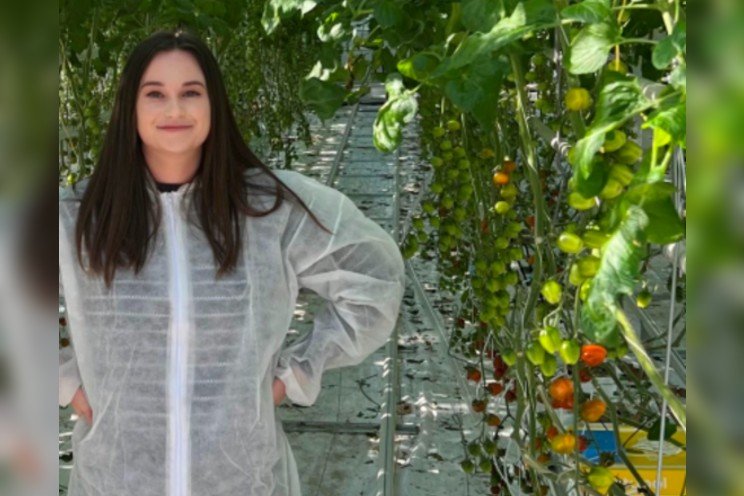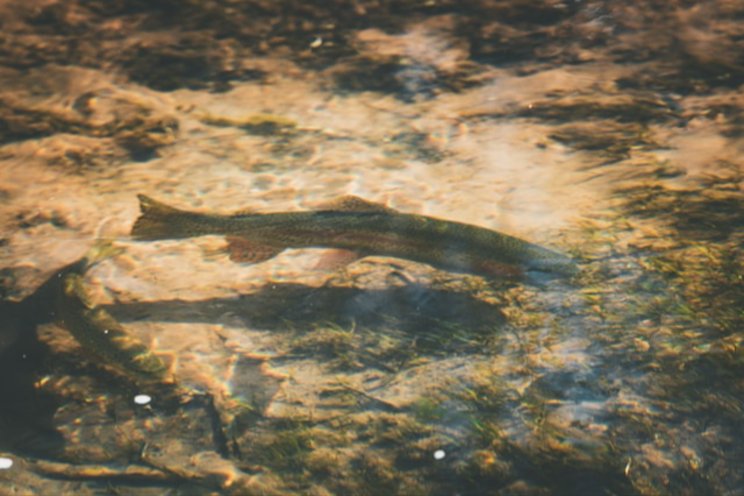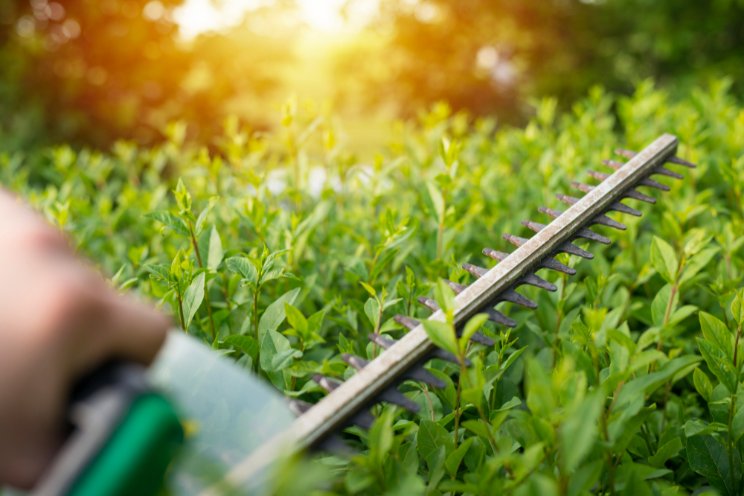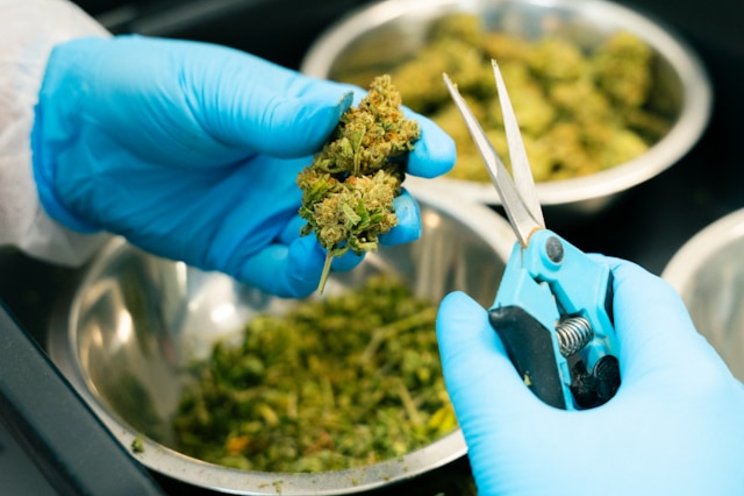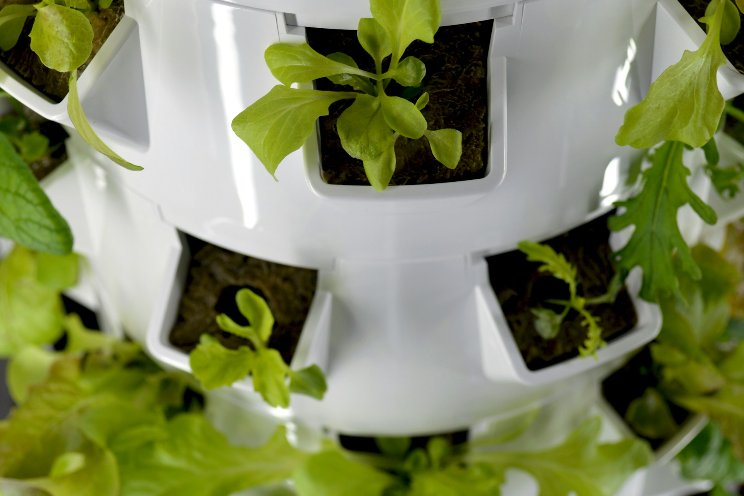Major Echinothrips monitoring improvements with new sticky trap
Added on 06 May 2024
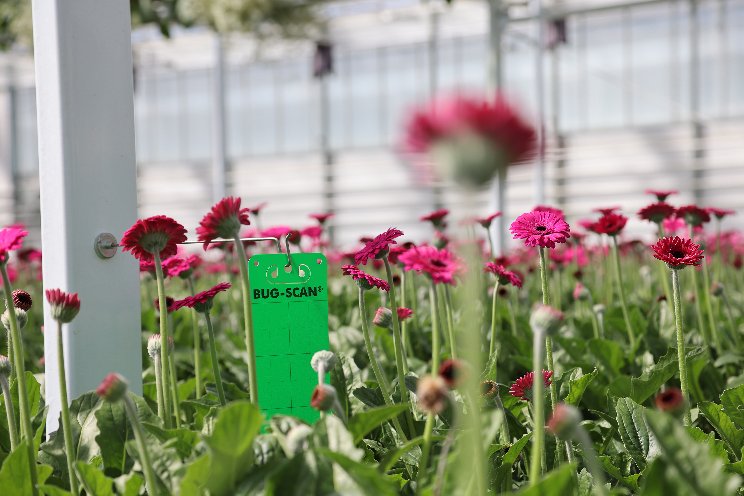
“For a thrips species that rarely flies, attractive sticky traps are key for effective scouting – an essential part of an effective IPM control programme,” says Yannah Cornelis, Product Manager for monitoring and scouting. “Echinothrips americanus Morgan, or ‘Echinothrips’, is rarely found in flowers which is why growers have had to rely on scouting the lower plant canopy to detect them. The new Bug-Scan® Green sticky traps will make detecting the pest, and monitoring its build up, considerably simpler, more time-efficient and reliable.”
Wide host range
Echinothrips has become a significant greenhouse pest. Native to eastern North America, it was first confirmed attacking poinsettias, in Georgia, in 1984. Often referred to as ‘poinsettia thrips’, it has a wide host range attacking over 45 plant families worldwide, although its main greenhouse hosts are ornamentals, sweet peppers, cucumbers and eggplants.
What to look out for
“As a leaf-dwelling thrips, Echinothrips are more commonly found on the lower, rather than upper, leaf surface,” explains Koen Merkus, IPM and Pollination Specialist. “This pest feeds by scraping the plant surface and ingesting the plant sap through a stylet, causing silvery grey spots. Infested leaves also tend to have numerous black specks, which is frass left behind by the thrips.”
Challenging to monitor
Echinothrips have been observed to fly less frequently than Western Flower Thrips. As a result, they spread more slowly through the crop and are less likely to be found on sticky traps hanging in the crop.
“To maximise monitoring results, it is important to optimise the attractiveness of the sticky traps,” says Yannah. “Our trials show the new Bug-Scan® Green sticky traps significantly outperform other coloured traps in this respect. To optimise Echinothrips monitoring, we recommend hanging the green traps low down in the crop.”
New reliable & cost-effective control coming soon
To improve Echinothrips control, Biobest soon plans to unveil a new biological agent. This highly voracious predator feeds on all the larval stages, as well as the adults – the longest and most damaging stage. Stay tuned for updates on this new product delivering sustainable and effective control.
For more information, contact your Biobest advisor.
More news
